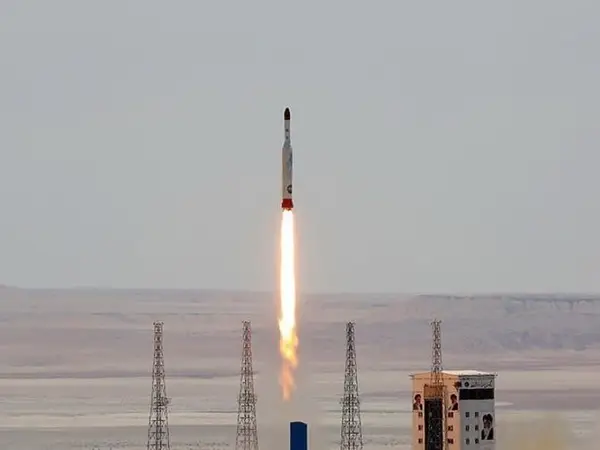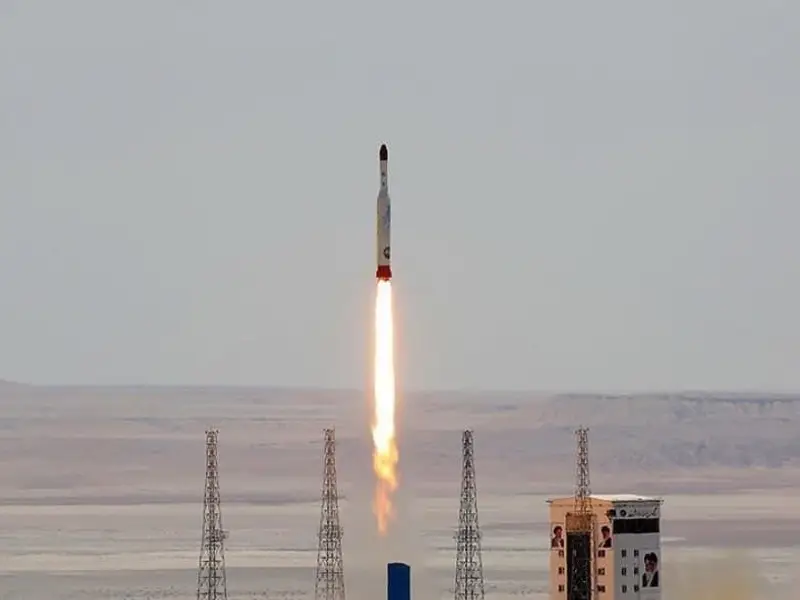Iran simultaneously launched three satellites for the first time on Sunday using the domestically developed Simorgh (Phoenix) rocket, state media reported.
One satellite weighing 32 kg (70 pounds) and two nano-satellites of less than 10 kg each were sent to a minimum orbit of 450 km (280 miles), with the two smaller devices aimed at testing narrowband communication and geo-positioning technology, the reports said.
Iran’s satellite launches are viewed by the United States and its European allies as a possible cover to develop long-range ballistic missiles capable of carrying nuclear warheads.
A recent US intelligence assessment suggested that launching satellites “shortens the timeline” for Iran to develop an intercontinental ballistic missile. It is all the more worrying, experts say, since Iran is on the verge of nuclear capability, according to most intelligence estimates and recent International Atomic Energy Agency reports.
This was Tehran’s second satellite launch in one week. On January 21, the government announced the launch of the Soraya satellite, which it claimed was put into an orbit 750 kilometers above the earth.
The larger satellite, named "Mahda" and built by Iran's Space Agency, is meant to test the accuracy of the Simorgh rocket in delivering multiple cargoes to space.
European powers raised concerns about the launch of Soraya, saying that the space launch vehicle's technology could be used for the development of long-range ballistic missile systems.
Iran on Saturday dismissed European countries’ condemnation of its launch of the Sorayya satellite, saying peaceful technological advancement in the aerospace field was the country’s legitimate right.

